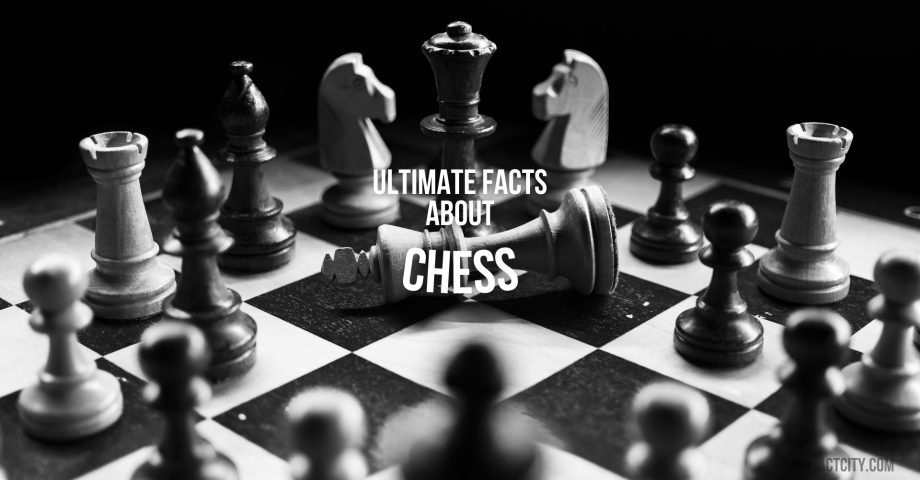The earliest beginnings of chess are a bit uncertain but it’s believed to have originated in India in the 7th Century. The game was played and occasionally banned by medieval European kings, before becoming more established in the 1800s.
The game had its resurgence during the Cold War. That specific period forms the backdrop for “The Queen’s Gambit”, the hit miniseries that sparked a chess frenzy. Why the sudden frenzy? Is it only because of the series, or because chess is finally getting the recognition it deserves? We’ve prepared some fun facts about chess to indulge you with the answers and maybe win you over for a game or two!
1. The Queen’s moves have changed over time.
At first, the Queen could only move diagonally, one square at a time. Later on, the Queen could move diagonally, two squares at a time.
In current chess rules, the Queen is able to move up to seven squares in any direction. However, if she comes up against an obstruction, she can’t jump over it. It’s also not possible for the Queen to remove more than a single piece per turn.
2. The Knight is one of the most versatile pieces on the board.
There are over 122 million possibilities of a Knight’s tour, making it very unpredictable. It also has a unique move pattern, in a kind of L-shape. That means it leaps two squares vertical, and one square horizontal – or, two squares horizontal, and one square vertical.
3. Chess mastery and code-breaking go hand in hand.
Some of the top chess players were code breakers during World War II. British masters Harry Golombek, Stuart Milner-Barry, and Conel Hugh O’Donel Alexander were on the team that broke the Nazi Enigma code.
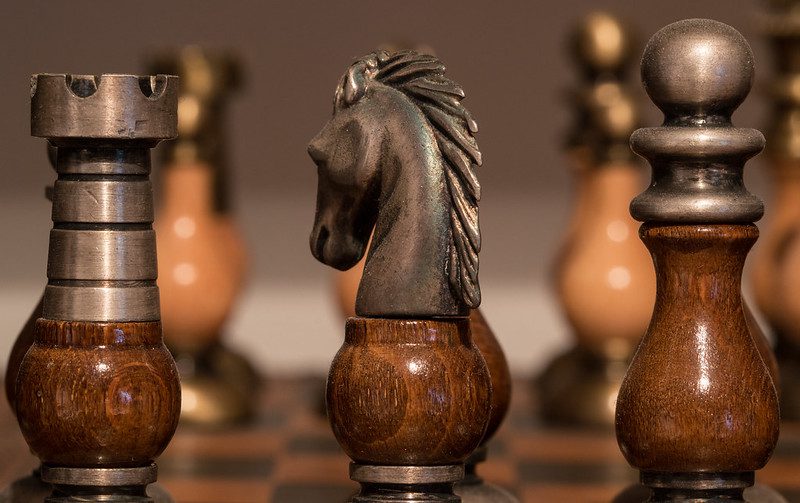
4. Checkmate has a meaning behind it.
The Persian phrase “Shah Mat” is the origin of the word “Checkmate” in chess. It means “the King is dead”.
In chess, the phrase is used to indicate there are no more moves, and that it’s impossible for the King to escape.
5. Classic chessboards have been in Europe for centuries.
The first-ever chessboards with dark squares and alternating lights appeared for the first time in Europe in 1090.
The reason for chessboards becoming black and white is likely as a result of alternating squares originally using different materials – one dark, the other light. Thankfully, this gradual change has made it easier for players to pick their pieces apart during play.
6. Chessboards can fold as a result of a need for secrecy!
A priest who was forbidden to play chess invented the folding chessboard. A folded chessboard on a bookshelf simply looks like two books.
The style continues to this day, though hopefully there are fewer reasons for people to hide their love of the game these days!
7. The rules really did evolve over time.
In 1280, in Spain, the new pawn move was introduced where pawns were allowed to advance two squares on their first move instead of one.
Interestingly, one of the biggest and most recent changes to the rules of chess is the removal of draws in international championships. Fans referred to this move as the introduction of “New Chess.”
8. There have been some record-breaking Queen movements.
In 1882, the Mason-Mackenzie game played in London had a total of 73 consecutive Queen moves.
However, this long-standing record of the most consecutive moves made by a chess piece in a single game was finally broken in 2006, with 80 consecutive Rook moves. However, the game was declared a draw on the 80th move.
9. Clocks can also play a big part in chess.
Thomas Wilson was the inventor of the first mechanical Chess Clock in 1883. Ultimately, chess clocks help to keep the game flowing, and prevents players from delaying their moves.
Time tracking in chess is important so that players don’t run out and accidentally lose by taking too long!
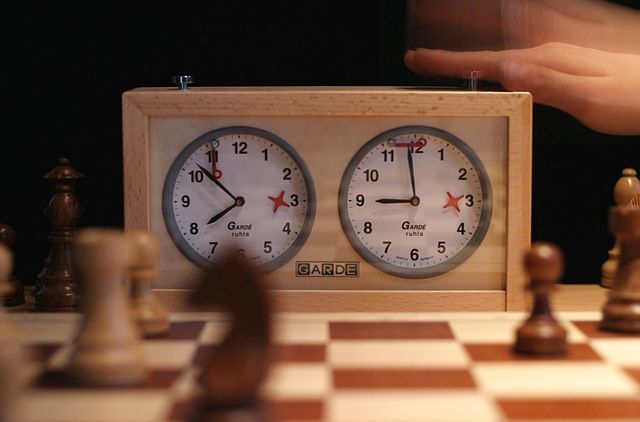
10. Macleod is a name synonymous with chess losses.
Macleod of Canada was considered the worst performance chess player after he lost 31 games in 1889 in the New York double round-robin.
11. Chess and sci-fi go hand in hand.
On Star Trek, Kirk, and Spock have played chess three times. Kirk won all three games!
However, it’s not the only time the game has appeared in popular science fiction. A holographic, more complex form of the game is played in Star Wars. And yes, of course, there’s lore behind it!
12. Chess is a game that can go on for hours at a time.
The longest recorded chess game in history, thus far, is the match between Nikolic and Arsovic in Belgrade in 1989.
In this match, the players shared 269 different moves with the game lasting more than 20 hours. It was stopped as a draw. What would have happened under the new rules?
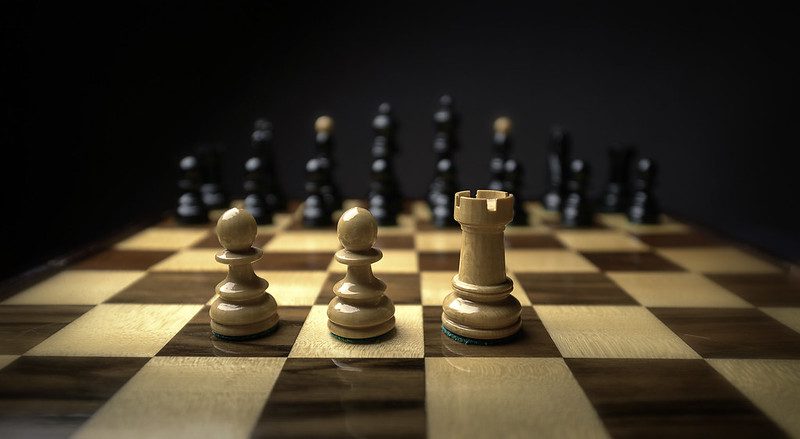
13. Chess is mathematically fascinating.
Chess is a truly unique game! The number of unique games of chess is 10^120, while the estimated number of electrons in our universe is 10^79.
It’s also possible for chess to go on for a maximum of 5,949 moves. Remember the longest match mentioned in the fact above? That’s only a fraction of what’s possible. The longest possible chess match could take weeks.
14. Some chess masters stand the test of time.
Frank Marshal was the US chess champion for around 30 years. However, he only secured his title after beating Ed Lasker (5-2) in 1923.
Emanuel Lasker, meanwhile, was known as the longest-reigning grandmaster of chess in history. He held the title of the world’s best player for an astonishing 27 years between 1894 and 1921.
15. The US and Russia have fought each other on the chessboard for over a century.
The first American to defeat a Soviet player in an international tournament was Frank Marshall in 1924, in New York.
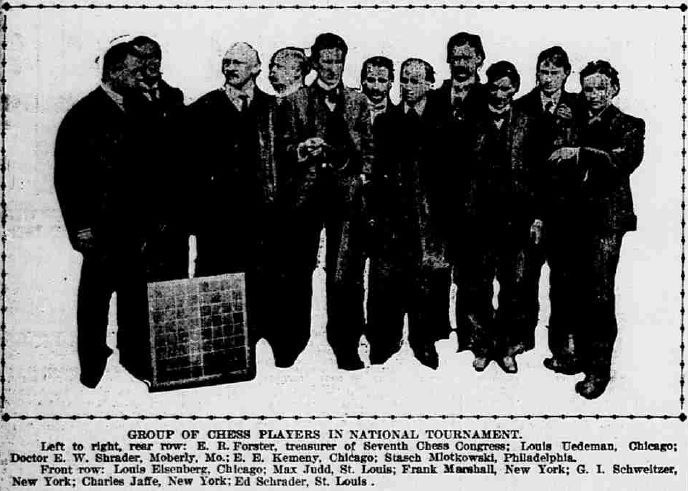
16. Chess problems test the limits of players’ knowledge and mathematical prowess.
The longest chess problem, mate in 290 moves, is a credit to Otto Blathy from Hungary who won a prize for his work in 1929.
For the uninitiated, chess problems refer to puzzles that chess players can solve by suggesting moves. You’ll sometimes see them in newspapers and, of course, they’ve grown popular online.
17. Flesch won many games without even looking.
In 1960, in Budapest, a record was set by Janos Flesch, who played 52 different opponents simultaneously, blindfolded. He won 31 of the games he played.
18. It’s possible for two chess pieces to move at once.
Although chess is a game that takes place one move at a time, the rare opportunity for castling allows for two pieces to change spaces without either leaving the board in one move.
To castle, a King needs to move two spaces toward a Rook of the same colour, and said Rook can jump over the King.
19. Spassky and Fischer are two of the game’s all-time greats.
The “Match of the Century”, the World Chess Championship played in Reykjavik between Boris Spassky and his challenger Robert “Bobby” Fischer, happened in 1972. The match was much more than a sporting confrontation!
Fischer won the match, effectively ending a 24-year run of World Championship domination for the USSR. He was also only the second American to ever claim the title, and the first US citizen actually born in the country.
20. Chess has resulted in some criminal charges over the years.
In 1973, a chess tournament in Cleveland was raided by the police. The director of the tournament was arrested, and the chess sets were confiscated based on the charges of permitting gambling and possession of gambling devices.
In a more bizarre turn of events, William Steinitz found himself arrested on suspicion of being a spy for Russian agents in 1891 – because the company running the telegraph he was using to send chess moves was thought to be secret code!
21. Koppert set the benchmark for short games in large quantities.
In 1985, Eric Koppert played 68 hours and 500 games of ten-minute chess. The ten-minute rule is extremely fast by chess standards – it’s called a “rapid” game if it’s longer than ten minutes, but shorter than an hour!
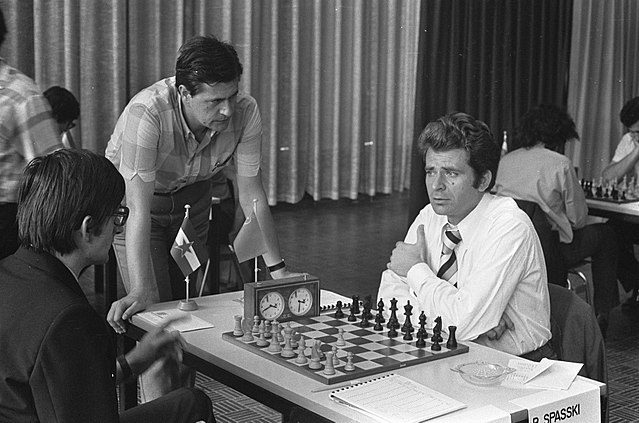
22. There are hundreds of ways to mate in chess in just three moves.
There are eight distinctly different ways from the start to mate in just two moves, while there around 355 different paths to mate using three moves. However, professional chess games very rarely finish so quickly – see the last fact!
23. Einstein’s pal was a long-time chess master.
Emanuel Lasker, as mentioned, was the longest-reigning champion of chess in the world. But, did you know he kept some pretty high-profile company around? He was also a good friend of Albert Einstein, famously the father of the theory of relativity!
24. Chess champions arise from an early age.
The youngest World Chess Champion ever was the Soviet player Garry Kasparov, who was just 22 years old at the time of winning the title.
However, perhaps more eye-opening is Abhimanyu Mishra – who is world-famous for being the youngest chess grandmaster of all time. How old was he when he gained the title? 12 years, four months, and 25 days!
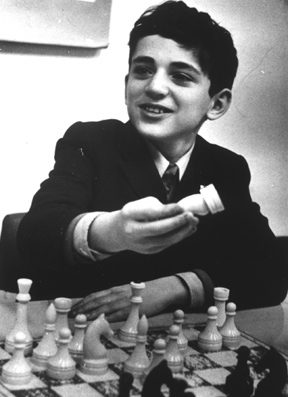
25. Deep Thought challenged human chess players to a new kind of game.
The first computer to beat an international grandmaster was Deep Thought in Long Beach, California, in November 1988.
The computer was followed up by Deep Thought 2, which would go on to win several North American Computer Chess Championships. Chess-playing computers are, of course, an earlier form of artificial intelligence (AI), the likes of which many people use freely today!
26. Pull up a chair!
The longest chess game ever played was between Nikolic and Arsovic, in Belgrade in 1989. The game ended in 269 moves as a draw.
26. Beginner players are named after certain pieces.
Players in their first year, more famously known as rookies, are named after the Rook. Rooks are generally considered to be the last pieces that one moves in chess.
Rooks can only move in straight lines, and in some games, they’re just called Castles (because that’s what they represent). However, modern games generally refer to the pieces as Rooks.
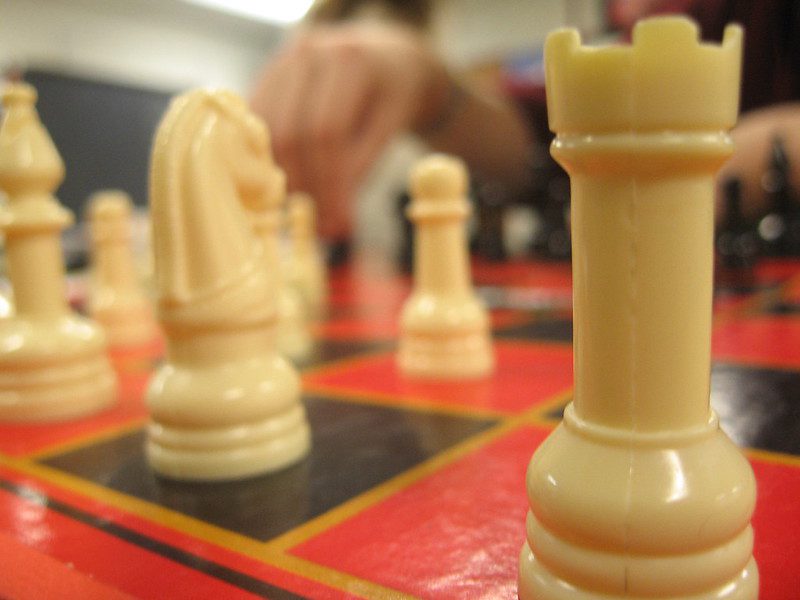
27. Chess could improve your brain function.
Chess is often quoted by psychologists as a very effective way to bolster or advance memory function. Some people contend that chess is also capable of increasing one’s intelligence!
Some research claims that chess players have stronger attention spans and general cognitive function compared to non-players.
FAQs about Chess
Is chess dying out?
No! Chess is just as popular as ever - in fact, it’s thanks to Netflix’s smash hit miniseries The Queen’s Gambit that the game is picking up new fans.
Who’s the inventor of chess?
No one is too sure - however, it’s said to date all the way back to 700 AD, in India.
Can you checkmate in two moves?
Yes - it’s technically possible if you’re playing as black, and use the Queen - but it’s extremely rare. It’s a move known as the ‘Fool’s Mate’.
Do you know any fun facts about chess? Share them in the comments below!
